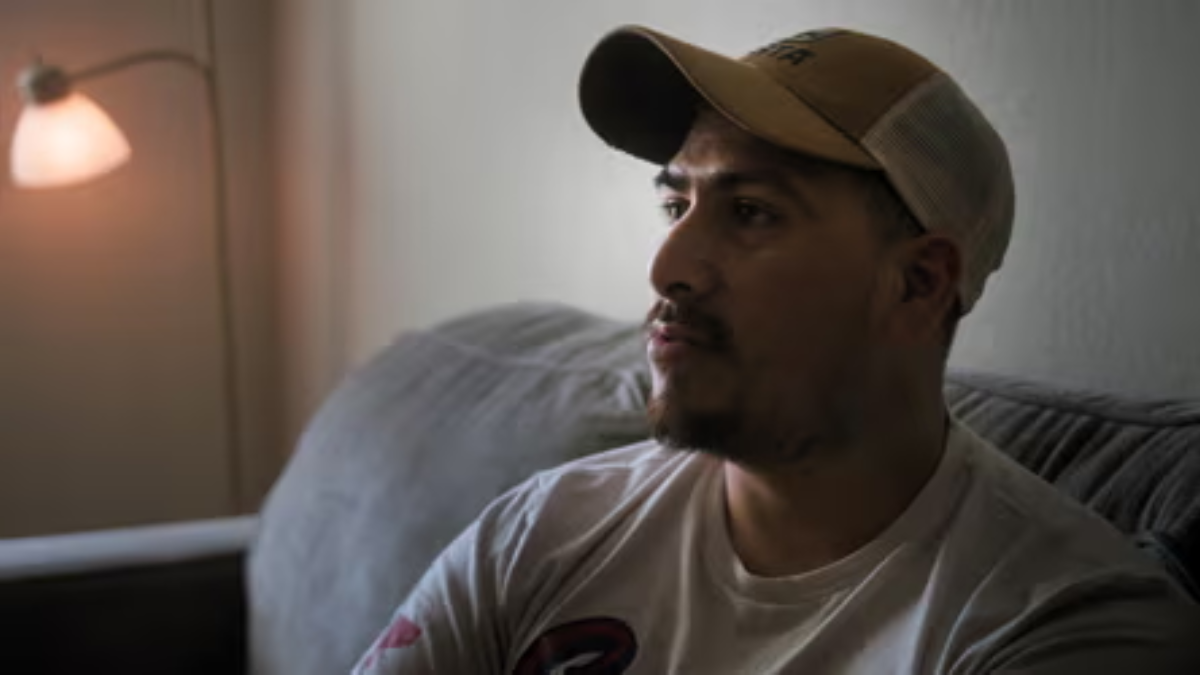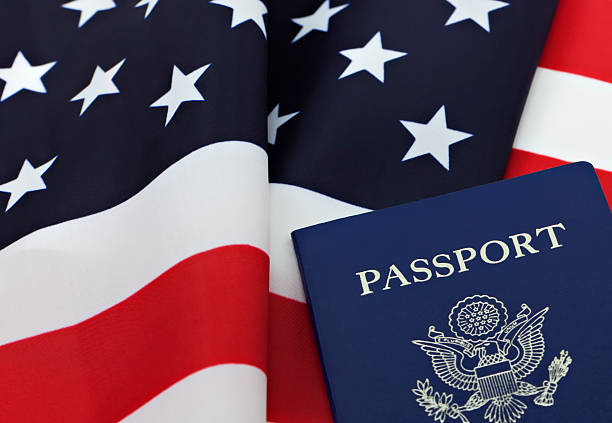The quest for justice can lead to unexpected revelations, as one man discovered when his long-held desire for the execution of his father’s murderer brought unforeseen emotional consequences. His journey highlights the complexities of grief, justice, and the true meaning of closure.
A Crime That Shattered a Family
John Matthews’s life changed forever when his father was murdered during a robbery. The violent act not only took a beloved parent but left a void in the lives of those who loved him. Thomas Reed, the man responsible, was swiftly apprehended and sentenced to death. For Matthews, the death penalty seemed like the only appropriate punishment for such a heinous act.
“I believed that justice meant making him pay the ultimate price,” Matthews explained. “I thought it would help me move on and honor my dad’s memory.”
The Wait for Justice
The legal process that followed was long and arduous. Appeals and delays stretched the timeline, but Matthews remained committed to seeing the sentence carried out. He attended court hearings and spoke about his father’s legacy, advocating for the fulfillment of the punishment.
When the execution date was finally set, Matthews felt a mixture of relief and anticipation. He believed this moment would bring an end to years of pain and uncertainty.
Witnessing the Execution
On the day of the execution, Matthews joined other witnesses in the observation room. As the lethal injection was administered, he watched in silence, expecting a sense of closure to wash over him. Instead, he was met with a profound sense of emptiness.
“I thought I’d feel peace or justice being served,” Matthews recalled. “But all I felt was sadness. Watching someone die, even someone who caused so much pain, didn’t bring my dad back. It didn’t erase the loss.”
The Emotional Aftermath
Matthews’s experience mirrors that of many victims’ families who believe that capital punishment will provide closure. Research shows that the reality often falls short of expectations. Instead of relief, families are left grappling with unresolved grief and a deeper understanding of the complexities of justice.
The emotional toll led Matthews to reevaluate his stance on the death penalty. “I used to think it was the only way to truly punish someone for such a terrible crime,” he said. “But now I wonder if life in prison might have been a harsher punishment, forcing him to live with what he’d done every day.”
Broader Implications of the Death Penalty
The case raises broader questions about the efficacy and morality of capital punishment. Advocates argue that the death penalty serves as a deterrent and delivers justice for victims. Critics, however, contend that it perpetuates a cycle of violence and often fails to provide the closure families seek.
Ghost guns, which are firearms without serial numbers, can be assembled using kits or 3D printers. These weapons are difficult to trace and often bypass traditional background checks. Law enforcement officials have expressed increasing concern over the proliferation of these unregulated weapons, particularly as advancements in 3D printing technology make them easier to produce.
Moving Forward
For Matthews, the journey toward healing continues. He has joined support groups for families of murder victims and has begun sharing his story publicly. By doing so, he hopes to encourage others to reflect on the true meaning of justice and the emotional complexities involved in seeking it.
“Justice isn’t as simple as I once thought,” Matthews said. “What I’ve learned is that healing comes from connection and understanding, not from vengeance.”
For more perspectives on the death penalty and its impact on victims’ families, visit Equal Justice Initiative.
Disclaimer – Our team has carefully fact-checked this article to make sure it’s accurate and free from any misinformation. We’re dedicated to keeping our content honest and reliable for our readers.








